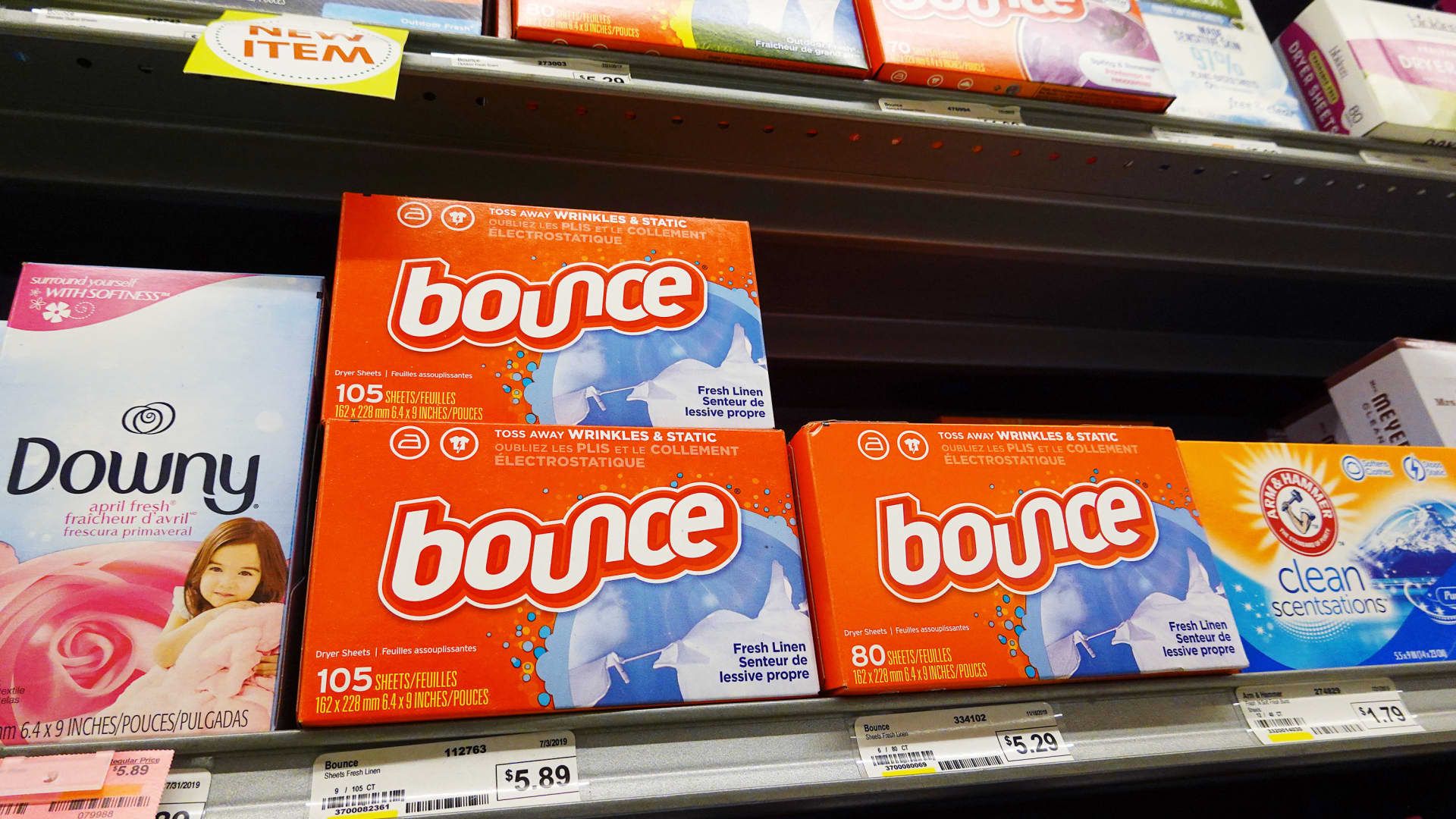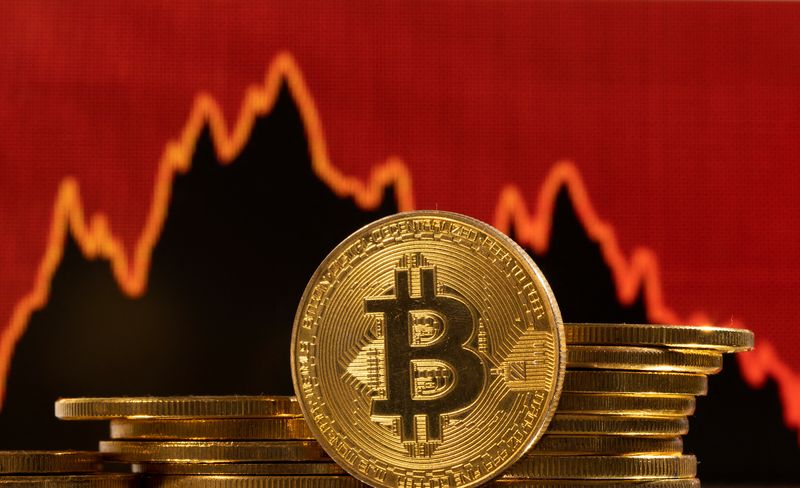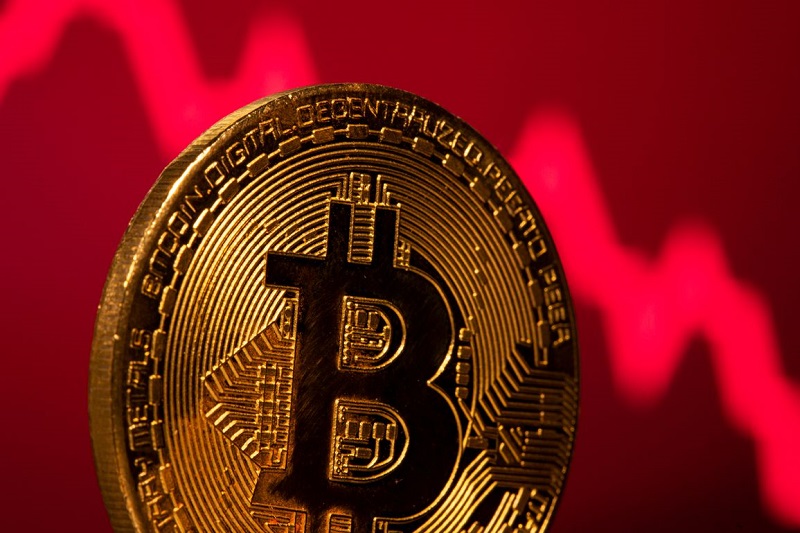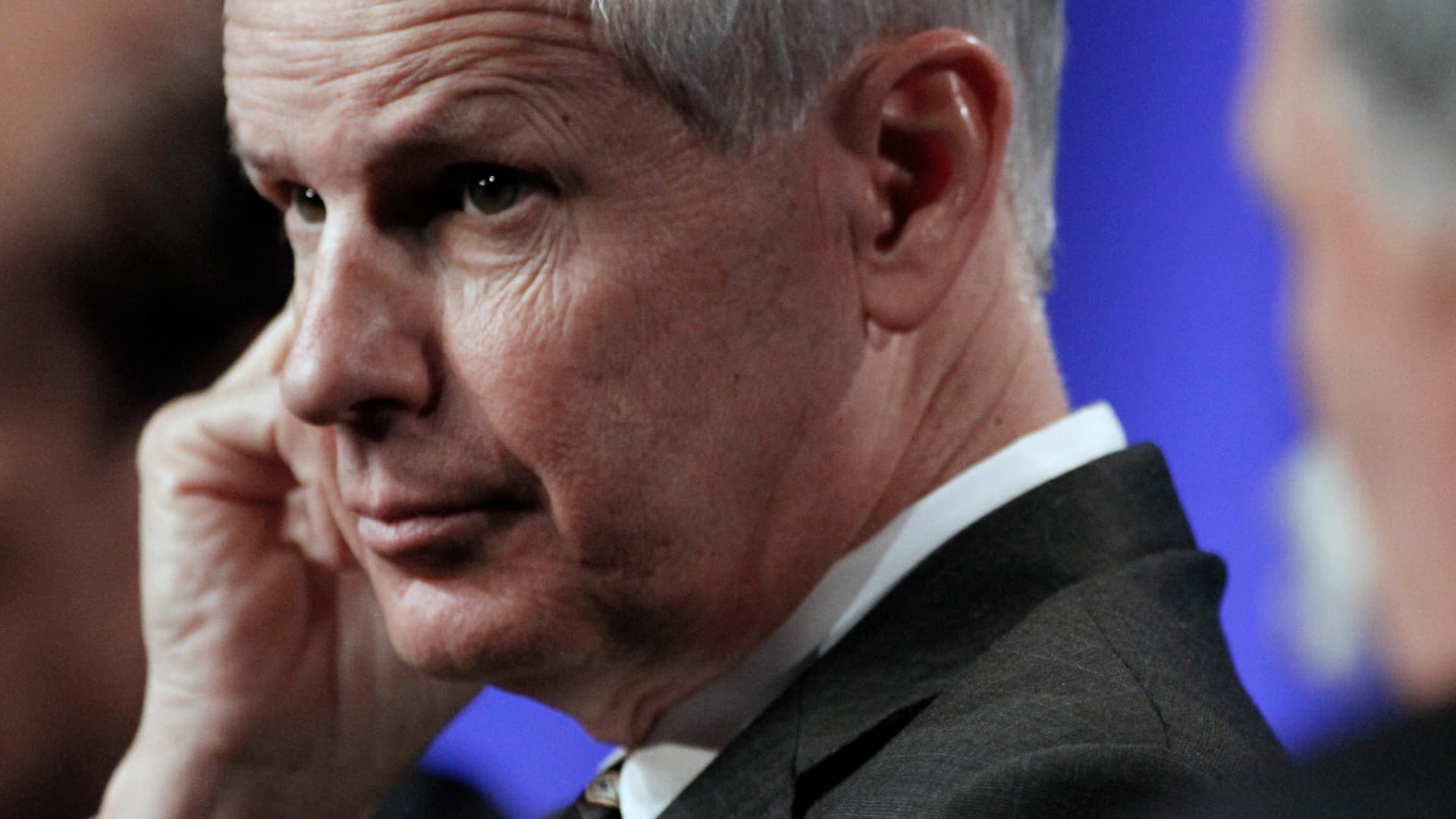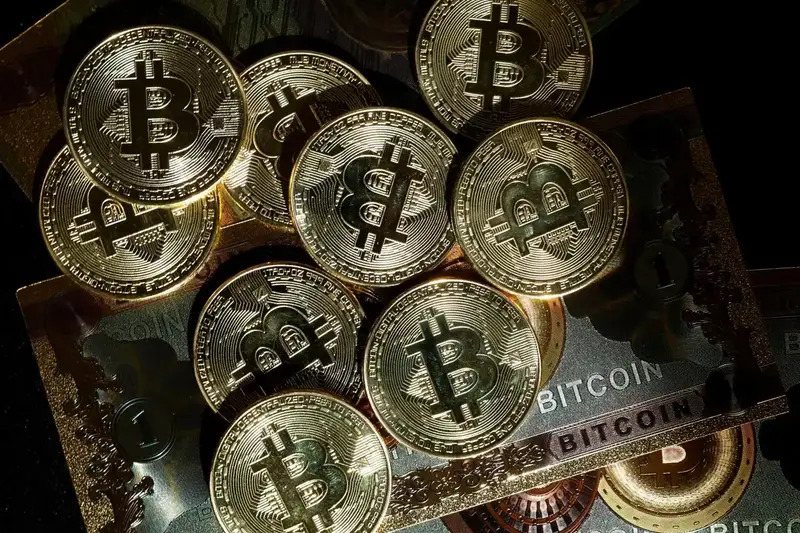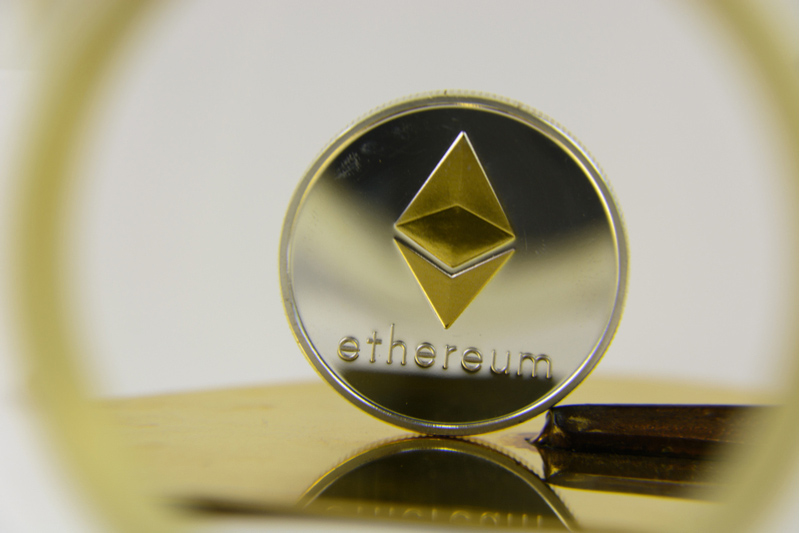Procter & Gamble It reported weaker-than-expected revenue on Friday as weaker demand in China again hit its sales.
The company's organic sales in Greater China, its second-largest market, fell 15% in the fiscal first quarter. As home prices fall and unemployment rates rise across the country, shoppers have cut back on spending, hurting sales of P&G shampoo, diapers and other consumer staples.
While executives remained confident in China for the long term, demand is not expected to recover for at least several more quarters.
“The market remains weak and we believe it will be weak for several quarters to come,” Chief Financial Officer Andre Schulten said in a call with reporters.
P&G's outlook for China did not take into account the Chinese government's recently announced plans to boost the country's economy.
The company's shares fell about 1% in morning trading.
Here's what the company reported compared to what Wall Street expected, according to a survey of analysts by LSEG:
- Earnings per share: $1.93 adjusted vs. $1.90 expected
- Revenue: $21.74 billion vs. $21.91 billion expected
P&G net sales fell 1% to $21.74 billion. Organic revenue, which excludes foreign exchange, acquisitions and divestitures, rose 2%, helped by higher prices.
The company reported stable volume for the quarter. The metric excludes prices, making it a more accurate reflection of demand than sales. Like many consumer companies, P&G has seen demand for its products decline after several years of price increases. Last quarter was the first time in more than two years that its volume increased.
In the U.S., P&G's volume grew in eight of its 10 categories, and the company is not seeing any trade toward private label products, Schulten said.
But it's a different story in Greater China, whose organic sales worsened compared to the previous quarter. The company reported volume declines in China in both its hair care and oral care segments. Still, Greater China accounts for less than 10% of P&G's revenue.
“The issues around Asia and execution are pretty minimal compared to some of the other tough times the company has been through in the past,” said Charles Rinehart, chief investment officer at Johnson Investment Counsel, a longtime shareholder in Procter & Gamble.
P&G's beauty business, which includes brands such as Pantene and Olay, saw a 2% volume decline in the quarter. In particular, its skincare segment struggled, with organic sales falling by more than 20%. P&G attributed the sharp drop to lower volume and declining sales of its expensive SK-II brand, which has struggled since the pandemic shutdowns. Anti-Japanese sentiment in China has been the latest challenge for the brand; Last year, sales of SK-II took a hit when Chinese consumers boycotted the brand, fearing that the release of radioactive waste treated in Japan would contaminate the products.
Both P&G's healthcare and child, women's and family care divisions reported 1% declines in volume during the quarter. But its baby care segment, which includes Pampers diapers, had an even worse quarter, with organic sales falling in the mid-single digits. As the global birth rate continues to decline, P&G has resorted to pressuring consumers to buy more expensive baby care items, such as its Pampers Premium diapers, to boost sales. But that strategy can't always offset the drop in volume.
P&G's personal care division, which includes Gillette and Venus, posted volume growth of 4%. The company attributed its strong performance to innovation.
The company's fabric and home care business saw a 1% volume increase in the quarter. The division includes Swiffer, Febreze and Tide products.
P&G reported net income attributable to the company in the fiscal first quarter of $3.96 billion, or $1.61 per share, up from $4.52 billion, or $1.83 per share, a year earlier.
Excluding restructuring charges and other items, the company earned $1.93 per share.
P&G reiterated its guidance for fiscal 2025. It anticipates core net earnings per share in a range of $6.91 to $7.05 and revenue growth of 2% to 4%.

